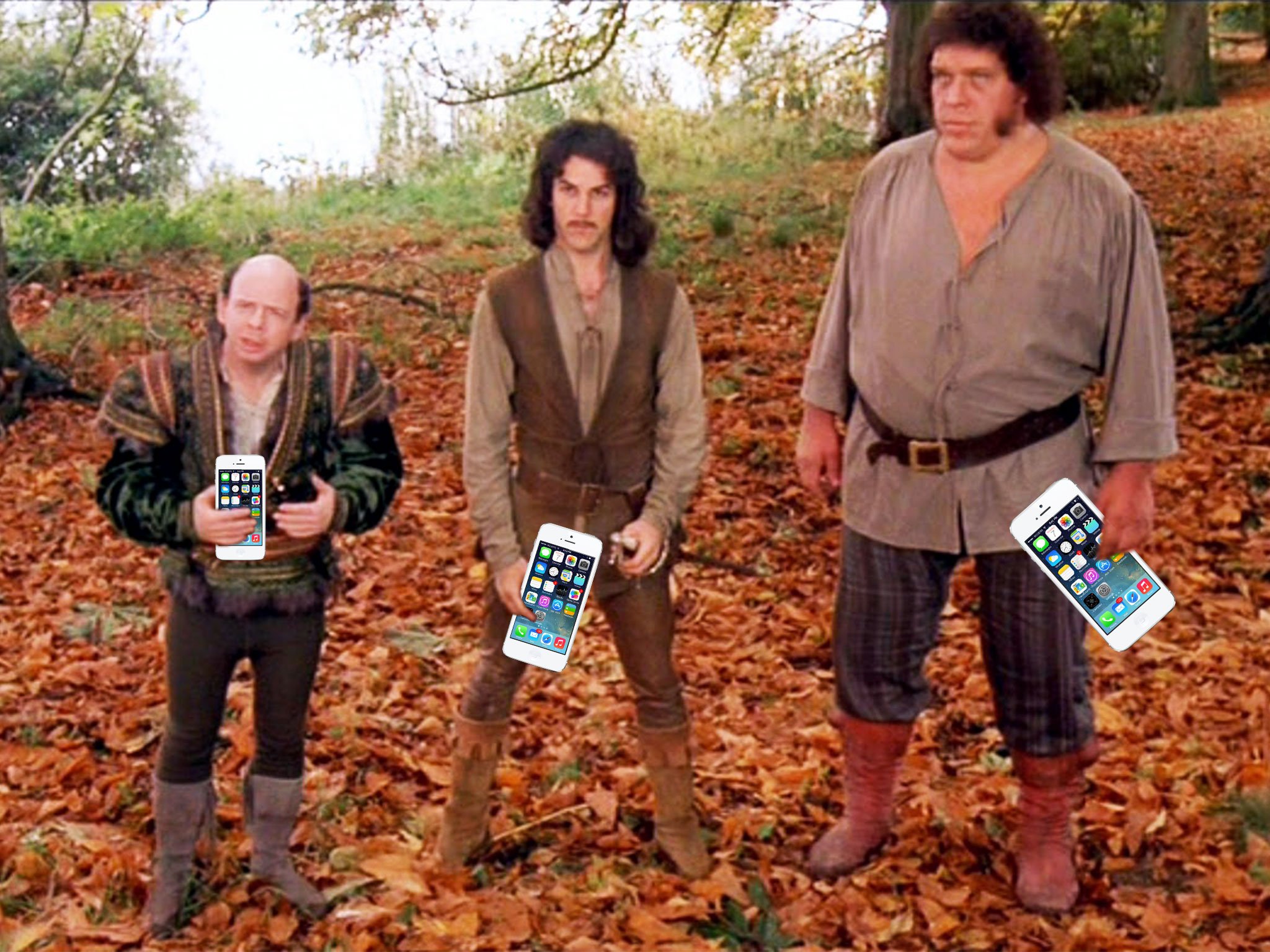No, the 32 GB iPhone isn't 'slow' (or, how storage works!)

There are a few stories going around, some grossly sensationalized, some genuinely curious, about the 32 GB iPhone 7 exhibiting slower storage speeds when compared to the 128 GB or 256 GB iPhone 7. Some of the stories, and many of the re-blogs, actually include at least a partial reason as to why that's to be expected, but they also bury it as far away from the attention-grabbing headline as possible. That's good for business but terrible for readers.
I do not think that means what you think it means
iPhone storage is solid state. There's no tiny hard drive inside, like on old-school iPods. There are NAND Flash chips, the same as what you'd find in an SSD drive. With NAND Flash ships, there are two ways to add capacity: Increase the amount of chips, or increase the density of the chips.
Apple doubled the density to go from iPhone 6s and 16/64/128 GB to iPhone 7 and 32/128/256 GB. To go from 32 GB to 128 GB, and from 128 GB to 256 GB, though, Apple used more chips.
When you add more chips, they don't work sequentially, they work in parallel. In other words, the more chips you add, the faster the performance becomes.
That's not just true of iPhone, of course. It's true of any device that uses direct storage. It's something that's so well known by anyone and everyone involved in storage architecture that it's a miracle we haven't seen this pop up, and get debunked, sooner. But, iPhone. So, headlines.
It's not my fault I'm the biggest and the strongest, I don't even exercise!
To make an incredibly crude analogy, if you have to transport 8 people, two 4-seater cars are "faster" than one 4-seater car because you can move all 8 people in a single trip, rather than having to make two trips. Likewise, if you can take two bites out of a cookie at one time, even though the speed of the bites don't change, the cookie will still be eaten twice as fast.
Now, there are a lot of other factors that can affect overall speed, including the type of NAND Flash used. Synthetic tests can also produce wacky results, depending on how, what, and when they draw their data.
Master your iPhone in minutes
iMore offers spot-on advice and guidance from our team of experts, with decades of Apple device experience to lean on. Learn more with iMore!
When Apple sets performance targets for iPhone, though, they're set for all models of iPhone. That means every model, with every capacity, has to hit those targets.
That the higher capacities can exceed the targets by virtue of having more chips working in parallel is simply a benefit of how storage works. (And a good one, given higher capacities have more space to fill.)
Update: To the pain
I've asked several experts in the field and they all shook their heads that this "issue" has risen to this level of attention. To address some others concerns raised though, specifically around why some tests are showing what they're showing, here's my understanding:
Cache likely scales proportionally with the capacity, so 128 GB and 256 GB benefit from more SLC cache. Most benchmarks don't account for this, using a fixed sized load for testing. So, if that load fits in the bigger cache of the bigger capacity, but not the cache of the smaller capacity, they'll show a large degradation in performance.
Apple has also used different mixes of TLC and MLC (twin-layer and multi-layer) NANA in past versions of the iPhone, and the same could hold true here. Those would also show different characteristics in some situations.
These are all implementation details though. They can and will vary all the time. What won't vary is that every single SKU has to meet Apple's performance levels — including with the 32 GB.
The cliffs of insanity!
Bottom line, if you see or hear anyone stressing about their 32 GB iPhone 7 being slow, please put their mind at ease. Their 32 GB iPhone 7 is as fast as the technology Apple's currently using allows.
About the only thing that could improve it would be Apple bring that ultra-fast USB 3-speed storage controller from the 12.9-inch iPad Pro to the rest of the iOS line. Here's hoping that happens in the near future.

Rene Ritchie is one of the most respected Apple analysts in the business, reaching a combined audience of over 40 million readers a month. His YouTube channel, Vector, has over 90 thousand subscribers and 14 million views and his podcasts, including Debug, have been downloaded over 20 million times. He also regularly co-hosts MacBreak Weekly for the TWiT network and co-hosted CES Live! and Talk Mobile. Based in Montreal, Rene is a former director of product marketing, web developer, and graphic designer. He's authored several books and appeared on numerous television and radio segments to discuss Apple and the technology industry. When not working, he likes to cook, grapple, and spend time with his friends and family.

